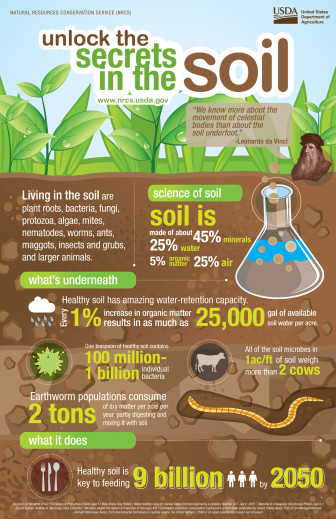Degenerative vs Regenerative Agriculture – A Battle for Your Fork and Fashion
Author: Jon Connors
In the fictitious Star Wars mythology, there are two sides battling for balance of the Universe. Those who serve the Dark Side, represented in the picture above with red light sabers, serve an order of hatred, anger, and absolute power. Those who serve in the Jedi order, serve according to Universal Laws and principles of goodness, fairness, balance and justice. These stories have captured our collective imagination partly because we can intuitively sense their truth in our everyday lives. In a subtle way, we are playing out the myth of Star Wars every time we sit down to eat, or choose clothing to wear; it is time to be aware of the ramifications of our actions.
In the real world, there are similarities between the Dark Side and the Jedi order when it comes down to agricultural production. The majority of agriculture in the United States is degenerative (aka the Dark Side); it pollutes the land, takes up more water than can be replaced naturally, erodes topsoil, and places carbon in the air- contributing to global warming. Most of the world’s agriculture fits this description.
Pollution: Wikipedia
Agricultural pollution refers to biotic and abiotic byproducts of farming practices that result in contamination or degradation of the environment and surrounding ecosystems, and/or cause injury to humans and their economic interests.
Water: USDA Economic Research Service
‘Agriculture… accounts for approximately 80 to 90 percent of U.S. consumptive water use.
Topsoil: University of California Division of Agriculture and Natural Resources
In the United States, we lose an estimated 6.9 billion tons of soil each year (Pimentel, 2000).
Carbon: Yale’s Environment 360
The world’s cultivated soils have lost 50 to 70 percent of their original carbon stock.
According to many scientists, the Earth’s Sixth Extinction event is underway, in large part because of global agricultural practices. What this means is that every time most of us choose what food to eat and clothing to wear, we are unconsciously participating in the rapid destruction of our planet- we are unconsciously acting like the Death Star from the first Star Wars movie.

